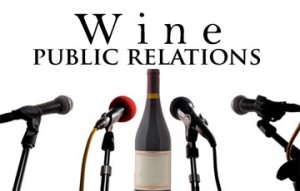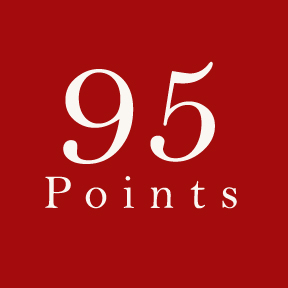 I can’t give a good rendering of the history of public relations in the wine industry. All I know is that for the past 30 years at least, there have been people and agencies largely dedicated to providing public and media relations services specifically for the wine industry. The fact that there were and are people and agencies dedicated to the task of telling wineries’ stories to the media and others doesn’t make wine different from other industries where PR is concerned. However, there is a body of knowledge which guides all publicists, regardless of industry, as well as there being a body of knowledge that guides wine publicists specifically. The intersection of these two bodies is what Julie Ann and I had in mind to explore here at SWIG.
I can’t give a good rendering of the history of public relations in the wine industry. All I know is that for the past 30 years at least, there have been people and agencies largely dedicated to providing public and media relations services specifically for the wine industry. The fact that there were and are people and agencies dedicated to the task of telling wineries’ stories to the media and others doesn’t make wine different from other industries where PR is concerned. However, there is a body of knowledge which guides all publicists, regardless of industry, as well as there being a body of knowledge that guides wine publicists specifically. The intersection of these two bodies is what Julie Ann and I had in mind to explore here at SWIG.
Whether or not our posts and articles gain attention among that relatively small audience at which we are aiming will depend on a variety of things. Are we offering the kind of unique, interesting and actionable information you will want to here at SWIG? Will we discuss ratings and the 100 Point rating scale frequently enough? Will we investigate things like wine critics, Natural Wine, wine bloggers, counterfeiters, Robert Parker, gender issues, Top-10 lists, Napa Valley’s more pretentious oddities or other examples of rich, hearty click-bait?
At the very least, we can assure you that SWIG will be the place to go if you are interested in the those ideas, practices, tricks and knowledge base that are unique to wine public and media relations. We’ll take advantage of those unique “teaching moments” that seem to arrive in abundance from within and from outside the wine industry, particularly in the realm of appropriate and successful communications. If all goes well, we’ll be providing useful, well-read information that goes well beyond, “The Top Ten Napa Valley Wine Critics who read Robert Parker, but don’t read Wine Bloggers who write at length about gender Issues in the Wine Industry and how they impact the perception of natural wine.”
So with that explanation, I want to start off by offering for your contemplation The Number One Golden Truth of Wine Public and Media Relations: IF YOU ARE GOING TO COMMUNICATE TO THE PUBLIC, THE MEDIA, TO CUSTOMERS OR ANYONE ELSE YOU MUST ALWAYS TELL THE TRUTH.
There’s more to the practice of wine PR and media relations than that. But this is where it begins.


